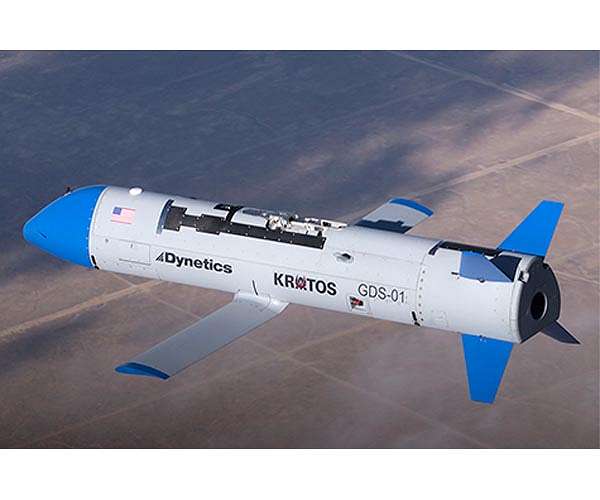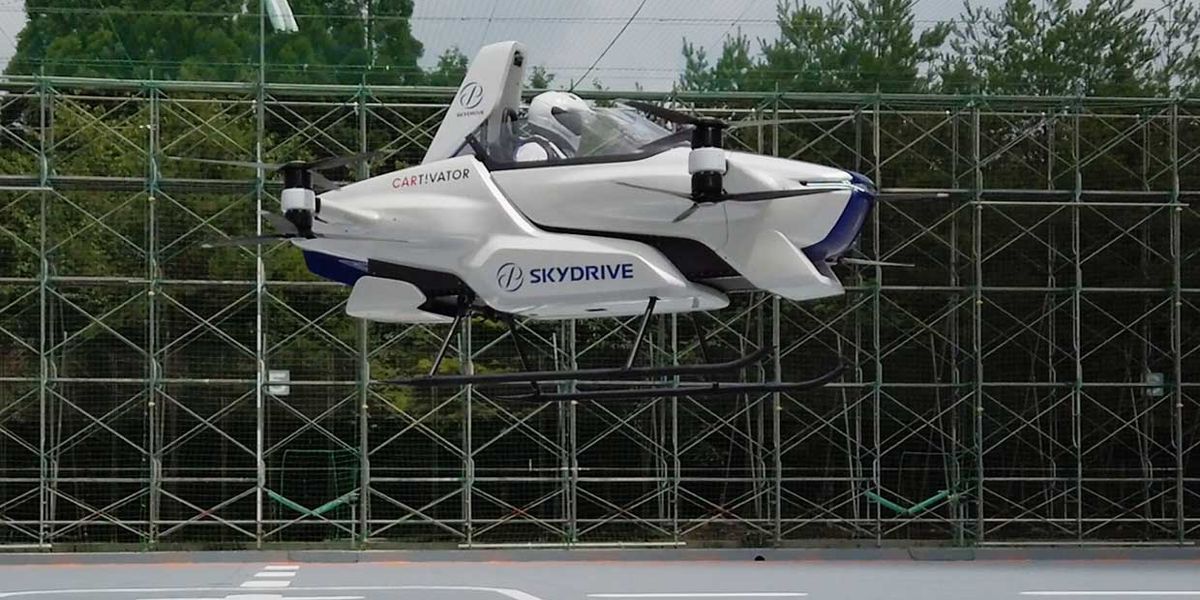Last year,
Spectrum reported on Japan’s public-private initiative to create a new industry around electric vertical takeoff and landing vehicles
(eVTOLs) and flying cars. Last Friday, start-up company
SkyDrive Inc. demonstrated the progress made since then when it held a press conference to spotlight its prototype vehicle and show reporters
a video taken three days earlier of the craft undergoing a piloted test flight in front of staff and investors.
The sleek, single-seat eVTOL, dubbed SD-03 (SkyDrive third generation), resembles a hydroplane on skis and weighs in at 400 kilograms. The body is made of carbon fiber, aluminum, and other materials that have been chosen for their weight, balance, and durability. The craft measures 4 meters in length and width, and is about 2 meters tall. During operation, the nose of the craft is lit with white LED lights; red lights run around the bottom to enable the vehicle to be seen in the sky and to distinguish the direction the craft is flying.
The SD-03 uses four pairs of electrically driven coaxial rotors, with one pair mounted at each quadrant. These enable a flight time of 5 to 10 minutes at speeds up to 50 kilometers per hour. “The propellers on each pair counter-rotate,” explains Nobuo Kishi, Sky Drive’s chief technology officer. “This cancels out propeller torque.” It also makes for a compact design, “so all the craft needs to land is the space of two parked cars,” he adds.
But when it came to providing more details of the drive system, Kishi declined, saying it’s a trade secret that’s a source of competitive advantage. The same goes for the craft’s energy storage system: Other than disclosing the fact that the flying taxi currently uses a lithium polymer battery, he’s also keeping details about the powertrain confidential.
Underlying this need for secrecy is the technology’s restricted capabilities. “Total energy that can be stored in a battery is a major limiting factor here,” says
Steve Wright, Senior Research Fellow in Avionics and Aircraft Systems at the University of West England. “Which is why virtually every one of these projects is aiming at the air-taxi market within megacities.”









